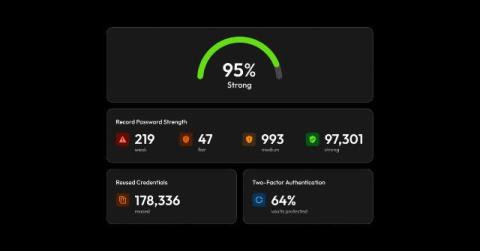What Is Credit Monitoring and Is It Worth It?
Credit monitoring is a service that tracks any changes made to your credit reports that could be signs of fraud or identity theft. It is helpful to be alerted in real time to any new accounts being opened in your name, changes to your credit or missed payments. Continue reading to learn what credit monitoring does, if it’s worth it and how to protect yourself from becoming a victim of fraud and identity theft.











